
Overview
Listen up, scientists. Bill Nye is here to make some noise in the ""Sound"" episode. Your vocal cords do it. Speakers playing rock music do it. Even a school bell does it. They all vibrate; and that's how sound is made. Plucking a stretched rubber band makes the rubber band vibrate. Air molecules around the rubber band move, pushing other air molecules. As the rubber band continues to vibrate, it sends waves of sound through the air. It's a lot like the ripples you see when you drop a rock into a pond. You hear sound when rippling air pushes on tiny bones in your ears. Nerves in your ears send a message to your brain about the sound you're hearing. Different sounds make different patterns of waves with different distances between them. Plucking, banging, whispering, and yelling are all vibrations in air, yet they all sound very different. Sound vibrations can be thought of as waves moving through molecules. Low-pitched sounds have big gaps between waves, while high-pi
-
 1 - 1Flight September 10, 1993
1 - 1Flight September 10, 1993 -
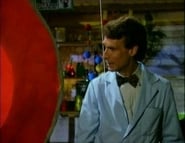 1 - 2Earth's Crust September 17, 1993
1 - 2Earth's Crust September 17, 1993 -
 1 - 3Dinosaurs September 24, 1993
1 - 3Dinosaurs September 24, 1993 -
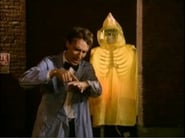 1 - 4Skin October 01, 1993
1 - 4Skin October 01, 1993 -
 1 - 5Buoyancy October 08, 1993
1 - 5Buoyancy October 08, 1993 -
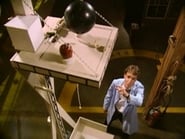 1 - 6Gravity October 15, 1993
1 - 6Gravity October 15, 1993 -
 1 - 7Digestion October 22, 1993
1 - 7Digestion October 22, 1993 -
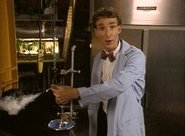 1 - 8Phases of Matter October 29, 1993
1 - 8Phases of Matter October 29, 1993 -
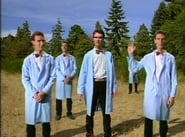 1 - 9Biodiversity November 05, 1993
1 - 9Biodiversity November 05, 1993 -
 1 - 10Simple Machines November 12, 1993
1 - 10Simple Machines November 12, 1993 -
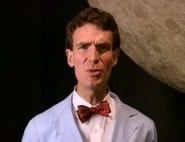 1 - 11The Moon November 19, 1993
1 - 11The Moon November 19, 1993 -
 1 - 12Sound November 26, 1993
1 - 12Sound November 26, 1993 -
 1 - 13Garbage December 03, 1993
1 - 13Garbage December 03, 1993 -
 1 - 14Structures December 10, 1993
1 - 14Structures December 10, 1993 -
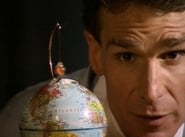 1 - 15Earth's Seasons December 17, 1993
1 - 15Earth's Seasons December 17, 1993 -
 1 - 16Light & Color December 24, 1993
1 - 16Light & Color December 24, 1993 -
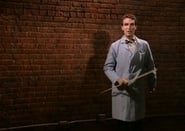 1 - 17Cells January 21, 1994
1 - 17Cells January 21, 1994 -
 1 - 18Electricity January 28, 1994
1 - 18Electricity January 28, 1994 -
 1 - 19Outer Space February 04, 1994
1 - 19Outer Space February 04, 1994 -
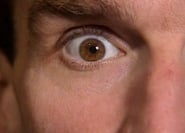 1 - 20Eyeball February 11, 1994
1 - 20Eyeball February 11, 1994



